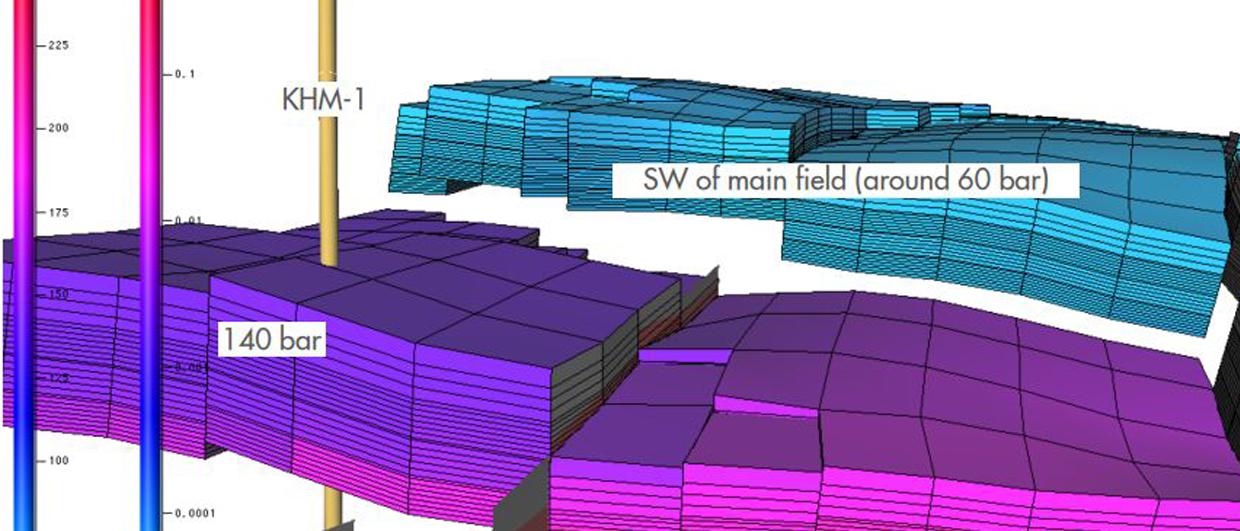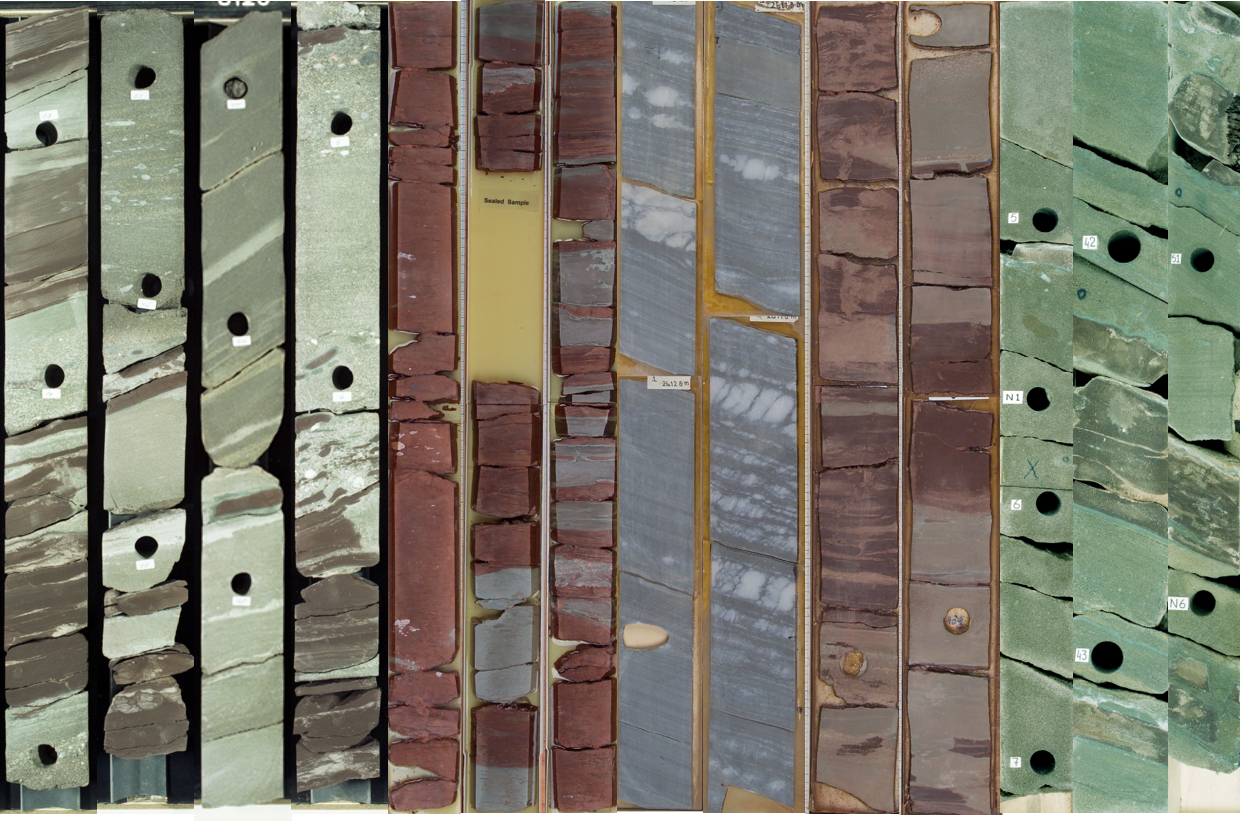With the imminent cessation of production from the giant Groningen gas field in the north of the Netherlands, the operator NAM – a joint venture between Shell and Exxon Mobil – decided to make available key datasets of the field.
Earlier, the static model and a large collection of core photos were released via the EPOS-NL website, but now the Dynamic Reservoir Model has been added to this.
Those who are interested in downloading the model should be aware that it comes in Eclipse format, which is licensed software. The EPOS-NL LinkedIn post says the following about it: “The authors are not aware of open-source software packages with similar functionality, or software that is able to efficiently run a model with the size and complexity of the present model for the Groningen gas field.”
If you happen to know an open-source platform that could host a model of this kind, please get in touch with us, or with the people from EPOS-NL.
The dynamic model of the Groningen field was built in 2011 and 2012. Special attention was paid to the faults in the field to support studies into induced earthquakes. The latest update of the reservoir model focused on improving the model for forecasting pressure development after gas production from the field ceases. Initially, intra-field pressure equilibration will dominate whilst the response of lateral aquifers will play a more important role later.
The model could also be useful for those wanting to simulate gas production in a mixed fluvio-aeolian reservoir of limited vertical thickness.
More reports and other datasets on the Groningen field models and many other datasets can be found here.
The Groningen gas field was discovered in 1959 and kickstarted exploration in the North Sea as companies soon realised that the Permian Rotliegend reservoir could extend further north from where it was found in the Netherlands. That concept proved correct, but Groningen remained the biggest Rotliegend find across the entire Southern Permian Basin. That in itself is quite remarkable, even though in this case it is more likely a matter of luck than of being a smart exploration strategy.


